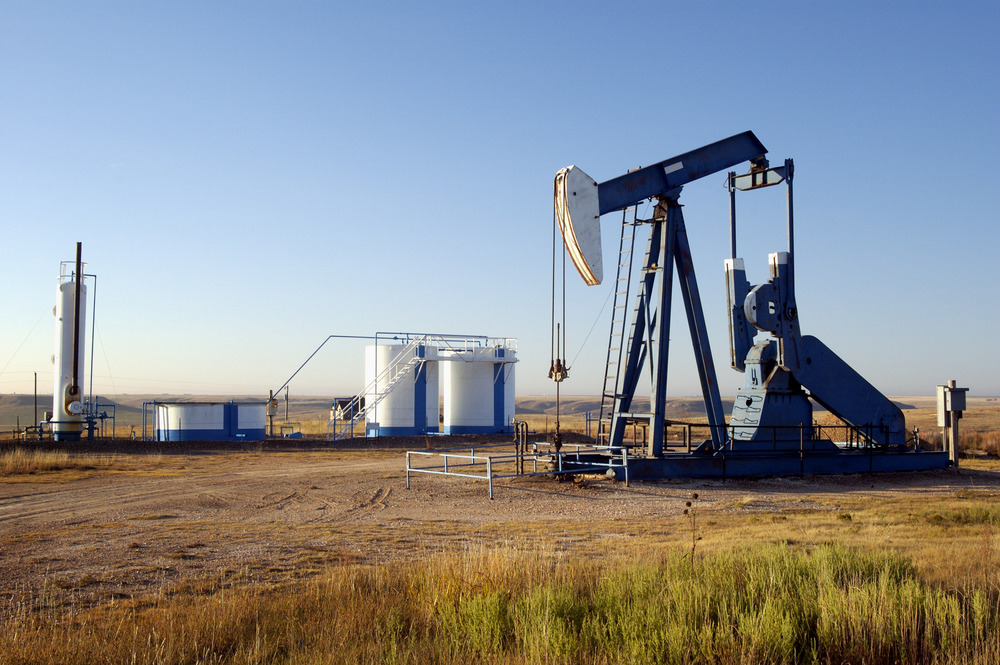Industries Most Affected by Inflation
One of the dominant economic stories of recent months has been a historic run of inflation in the U.S. economy. Nearly every segment of the economy is experiencing rapid price increases at rates not seen in decades. Rising prices are putting greater pressure on households’ and businesses’ financial states as they pay more for goods and services.
The COVID-19 pandemic set off a number of factors that have contributed to the current inflationary environment. Ongoing issues in the supply chain related to the virus have made it more difficult to manufacture, store, and ship goods. At the same time, demand in the economy has been high, particularly for the types of durable goods most affected by supply chain issues. A tight labor market has pushed businesses to raise wages for workers in many industries. The federal government pursued aggressive stimulus to support the economy during the pandemic, including several massive relief packages from Congress and low interest rates from the Federal Reserve. Together, these factors have created imbalances between supply and demand, and with more money in the economy, prices have increased.
One measure the Bureau of Labor Statistics uses to track inflation is the Producer Price Index, which measures average selling prices received by domestic producers of goods and services for their output. The rate of year-over-year price increases in the PPI rose every month from December 2020 to March 2022, reaching a peak of 11.2%. Even after removing foods, energy, and trade services—categories which tend to show greater volatility in prices—year-over-year increases in the PPI still register at 7%.

While inflation is now apparent throughout the economy, not every sector has been affected equally. Services have had the lowest rate of inflation at 8.7%, which in part reflects how services businesses have remained susceptible to disruptions from the spread of COVID among employees and customers. In contrast, energy (36.7%) and transportation and warehousing (21%) have seen year-over-year price increases well above the 11.2% total across all categories. And inflation in these categories may be contributing to inflation in others: businesses that rely on energy and logistics are facing higher costs, which they then pass on to customers.

TRENDING
How long does it take to build credit? It may be best to plan on 6 months or so, if you’re starting from scratch. If you’re rebuilding credit, the time frame depends on your personal situation.
The categories of energy and transportation and warehousing include many of the industries with the highest inflation. The list of industries with the greatest price increases is filled with business types closely linked to energy and logistics, topped by oil and gas extraction with a 64.8% increase in prices over the last year.
The data used in this analysis is from the Bureau of Labor Statistics Producer Price Index. To determine the industries most affected by inflation, researchers on behalf of Self calculated the one-year change in prices from March 2021 to March 2022. In the event of a tie, the industry with the greater one-month change in prices from February 2022 to March 2022 was ranked higher. Only three-digit NAICS industry sectors were included in the analysis.
Here are the industries most affected by inflation.
Industries Most Affected by Inflation

Photo Credit: flywish / Shutterstock
15. Fabricated metal product manufacturing
- One-year change in prices: +20.8%
- One-month change in prices: +0.9%
- Two-year change in prices: +27.0%

14. Accommodation
- One-year change in prices: +21.0%
- One-month change in prices: +7.8%
- Two-year change in prices: +15.9%
RELATED
Some people know you may need good credit for obvious reasons like getting a credit card, car loan, or mortgage. But credit can play a role in less obvious things like renting a car or getting approved for a cell phone contract. But can you be denied a job because of bad credit?

Photo Credit: Kzenon / Shutterstock
13. Transportation support activities
- One-year change in prices: +21.1%
- One-month change in prices: -0.1%
- Two-year change in prices: +26.0%

Photo Credit: pamir / Shutterstock
12. Plastics and rubber products manufacturing
- One-year change in prices: +21.1%
- One-month change in prices: +1.0%
- Two-year change in prices: +26.4%

Photo Credit: Mark Agnor / Shutterstock
11. Mining (except oil and gas)
- One-year change in prices: +21.2%
- One-month change in prices: +4.9%
- Two-year change in prices: +26.9%

Photo Credit: Natali Glado / Shutterstock
10. Building material and garden equipment and supply dealers
- One-year change in prices: +22.0%
- One-month change in prices: +3.1%
- Two-year change in prices: +55.4%

Photo Credit: ersin ergin / Shutterstock
9. Air transportation
- One-year change in prices: +23.0%
- One-month change in prices: +9.2%
- Two-year change in prices: +10.5%

Photo Credit: MIND AND I / Shutterstock
8. Wood product manufacturing
- One-year change in prices: +24.7%
- One-month change in prices: +3.4%
- Two-year change in prices: +66.0%

Photo Credit: Vitpho / Shutterstock
7. Truck transportation
- One-year change in prices: +24.8%
- One-month change in prices: +6.7%
- Two-year change in prices: +34.8%

Photo Credit: Matushchak Anton / Shutterstock
6. Motor vehicle and parts dealers
- One-year change in prices: +25.6%
- One-month change in prices: +0.6%
- Two-year change in prices: +36.6%

Photo Credit: MAD_Production / Shutterstock
5. Furniture and home furnishings stores
- One-year change in prices: +25.8%
- One-month change in prices: +2.1%
- Two-year change in prices: +41.7%

Photo Credit: ThePowerPlant / Shutterstock
4. Gasoline stations
- One-year change in prices: +33.5%
- One-month change in prices: +15.9%
- Two-year change in prices: +22.5%

Photo Credit: Byjeng / Shutterstock
3. Primary metal manufacturing
- One-year change in prices: +35.5%
- One-month change in prices: -1.7%
- Two-year change in prices: +69.0%
LEARN MORE
A credit builder loan is an installment loan that’s purpose is to help you build positive credit history. Here’s everything you need to know about credit builder loans.

Photo Credit: Golubovy / Shutterstock
2. Petroleum and coal products manufacturing
- One-year change in prices: +58.1%
- One-month change in prices: +15.8%
- Two-year change in prices: +135.4%

Photo Credit: Jim Parkin / Shutterstock
1. Oil and gas extraction
- One-year change in prices: +64.8%
- One-month change in prices: -10.4%
- Two-year change in prices: +233.3%
Detailed Findings & Methodology
The data used in this analysis is from the Bureau of Labor Statistics Producer Price Index. To determine the industries most affected by inflation, researchers on behalf of Self Financial calculated the one-year change in prices from March 2021 to March 2022. In the event of a tie, the industry with the greater one-month change in prices from February 2022 to March 2022 was ranked higher. Only three-digit NAICS industry sectors were included in the analysis.












